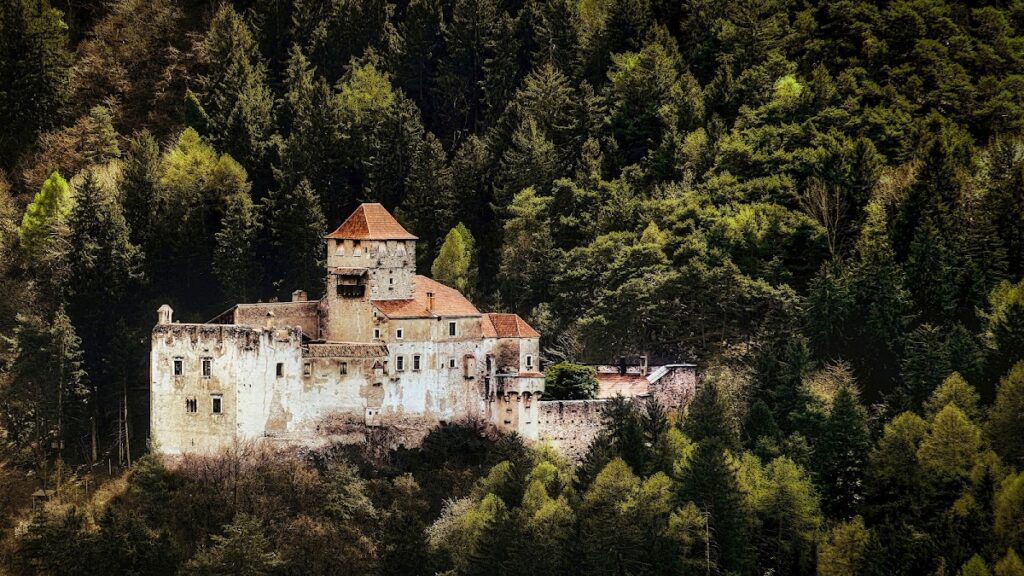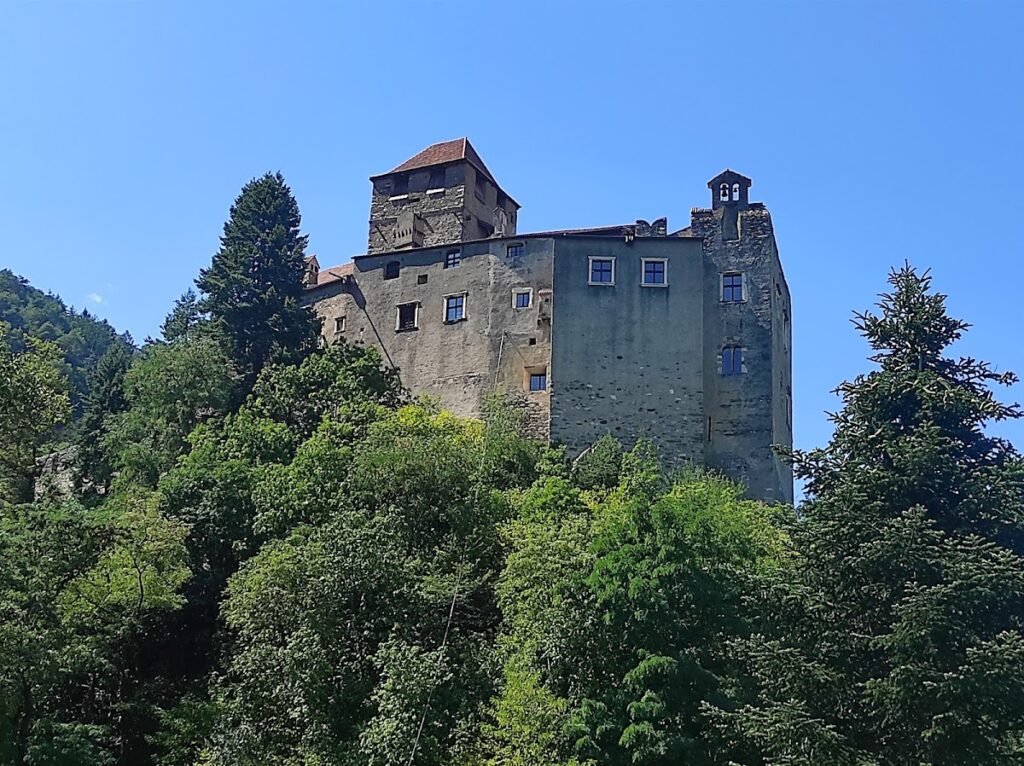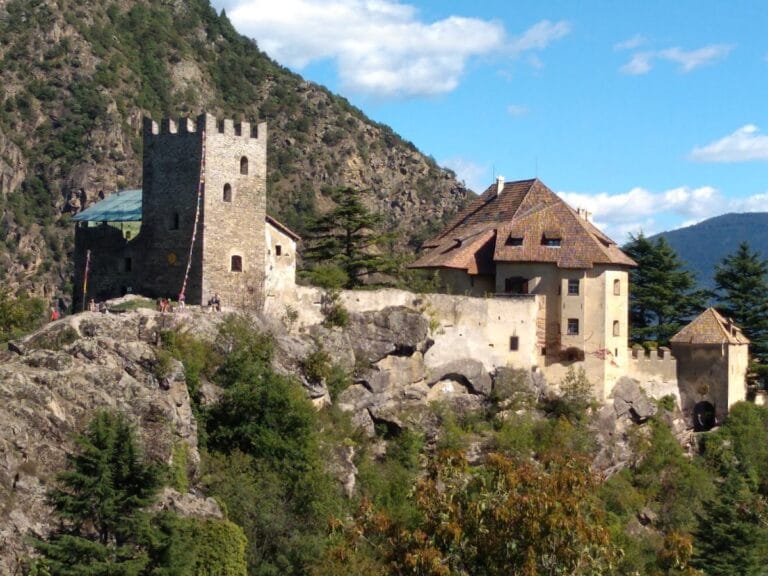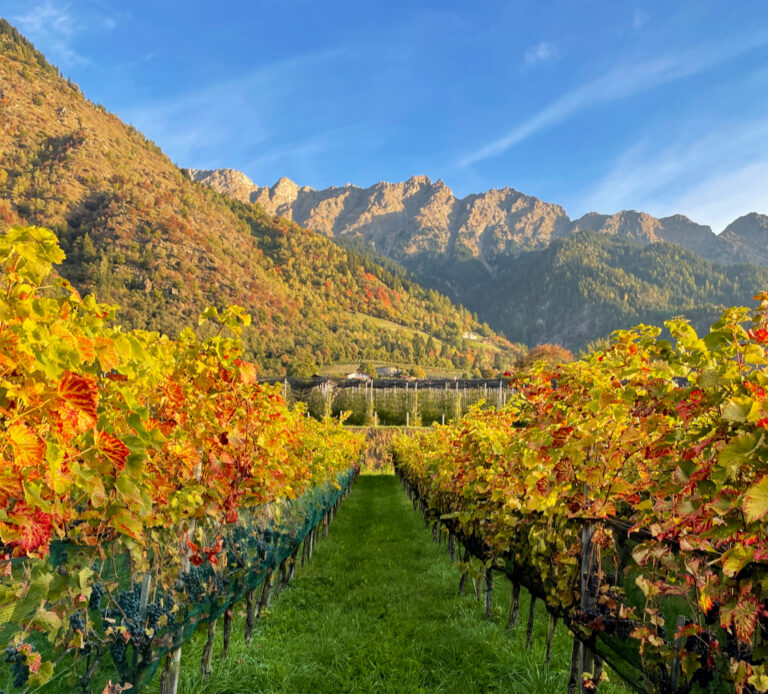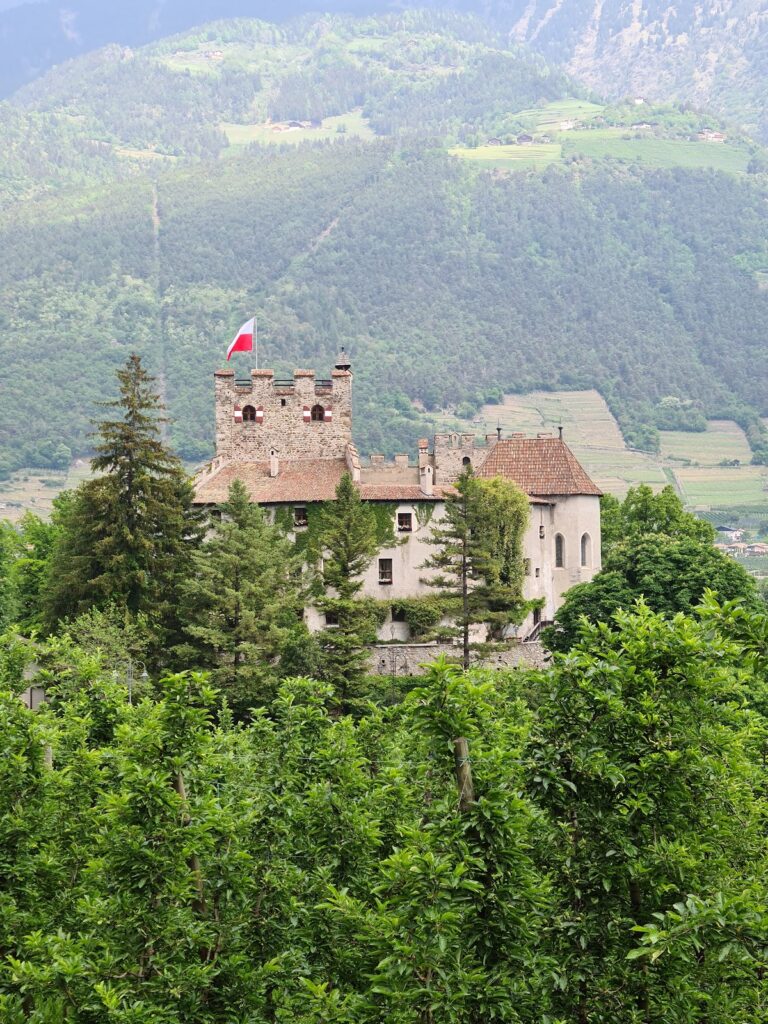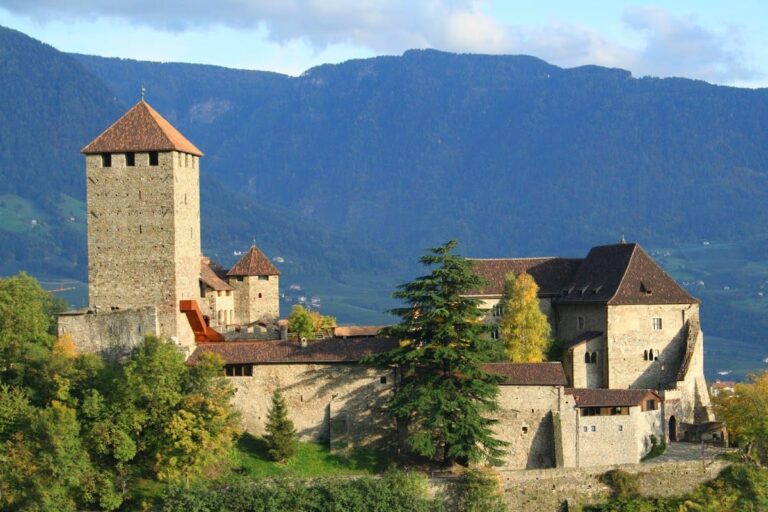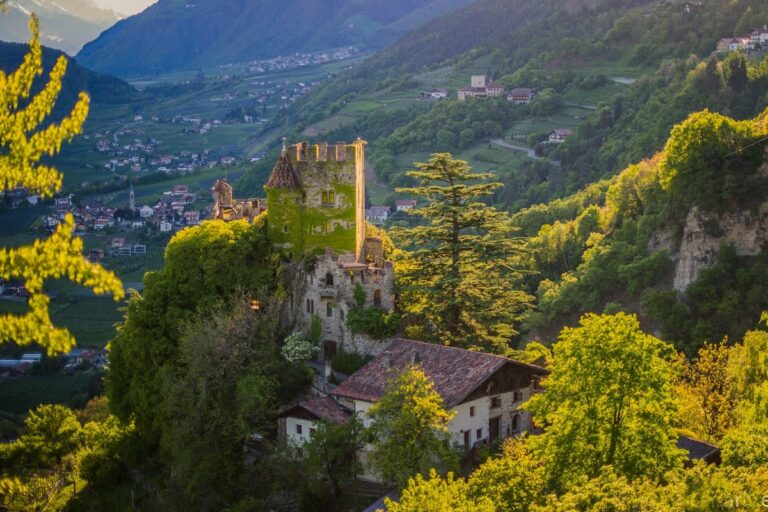Dornsberg Castle: A Medieval Fortress near Naturno, Italy
Visitor Information
Google Rating: 4.2
Popularity: Very Low
Google Maps: View on Google Maps
Official Website: wikip.one
Country: Italy
Civilization: Unclassified
Remains: Military
History
Dornsberg Castle stands near the municipality of Naturno in Italy, a fortress originally constructed by the medieval nobility of the von Tarant family. The von Tarants acted as ministeriales, a class of unfree knights serving higher nobles, specifically the Counts of Tyrol, who held sway over the region during the early 13th century.
The castle’s origins date back to 1217 when the von Tarant family began its construction, initially naming the stronghold Tarantsberg. The earliest written record referring to the site appears in 1232 under the name Dorenberch, which later evolved into the present-day Dornsberg. During this early period, the castle functioned as a defensive and residential center for the von Tarants, reinforcing their ties to the Counts of Tyrol.
Between 1270 and 1280, the complex was augmented by the addition of a chapel consecrated to Saint Ursula. This religious building highlighted the castle’s dual role as both a fortress and a seat of local lordship with ecclesiastical presence. However, by the late 13th century, the von Tarant family had fallen out of favor with their Tyrolean overlords. This shift in political fortunes culminated in 1291 when Arnold von Tarant sold the castle to Count Meinhard II of Tyrol for 226 Bernese marks. This transfer marked the castle’s transition into the direct possession of Tyrolean nobility.
Ownership of Dornsberg continued to change hands in the following centuries. In 1347, the castle passed to Heinrich von Annenberg, illustrating its continued importance as a noble residence. Much later, in 1699, the counts von Mohr took possession, followed by subsequent ownership through the Giovannelli family and the Fuchs von Fuchsberg lineage. These changes reflect the castle’s enduring presence and adaptability within the noble estates of South Tyrol.
Dornsberg Castle experienced its most significant growth during the Renaissance, when its structures and indulgences were markedly enlarged. This period saw the addition of a prominent loggia, an architectural feature typical of Renaissance style, emphasizing both function and ornamental refinement.
The aftermath of World War II brought multiple families into the castle’s walls, resulting in notable damage to internal structures and original artworks. Recognizing its cultural importance, the castle was placed under monument protection on May 31, 1950. A turning point in its preservation came in 1964 when the Gottschall family from Munich acquired the property and undertook comprehensive restoration efforts, securing the castle’s condition for future generations. Today, the castle remains in private hands, with no public access.
Remains
Dornsberg Castle is situated prominently on a small elevation, positioned on a high rock spur overlooking the right side of the valley near Naturno. Its overall layout centers around two courtyards, beginning with an outer bailey enclosed by defensive walls. This outer area served as the first layer of protection and as a working space before reaching the castle’s primary living and administrative core.
The inner courtyard lies within the heart of the complex, surrounded by interconnected buildings that relate to the castle’s residential and functional purposes. Among these, the keep, known locally as the mastio, stands as the most well-preserved defensive tower. This stronghold offered both refuge and command vantage, reflecting typical medieval fortification design.
One of the castle’s notable interior features is the chapel dedicated to Saint Ursula. This chapel houses an altarpiece dating from the 16th century, along with various ancient paintings. Wall frescoes adorn the chapel, with some sections preserving artwork from the 1500s. Traces of even earlier frescos from the late 13th century can still be discerned, hinting at the chapel’s long-standing religious significance within the castle complex.
The Renaissance period left a distinctive mark on the castle through its expansion and decorative enhancements. A striking feature from this era is the loggia—a covered gallery open on one side—that was incorporated as part of the castle’s architectural refinement, providing a sheltered space that combined utility with stylistic grace.
Although the castle suffered some deterioration during the mid-20th century due to multiple family inhabitation following World War II, these damages were subsequently addressed through restoration. The careful work undertaken by the Gottschall family has preserved the castle’s key structures and artworks, maintaining its historical and architectural character in situ.
